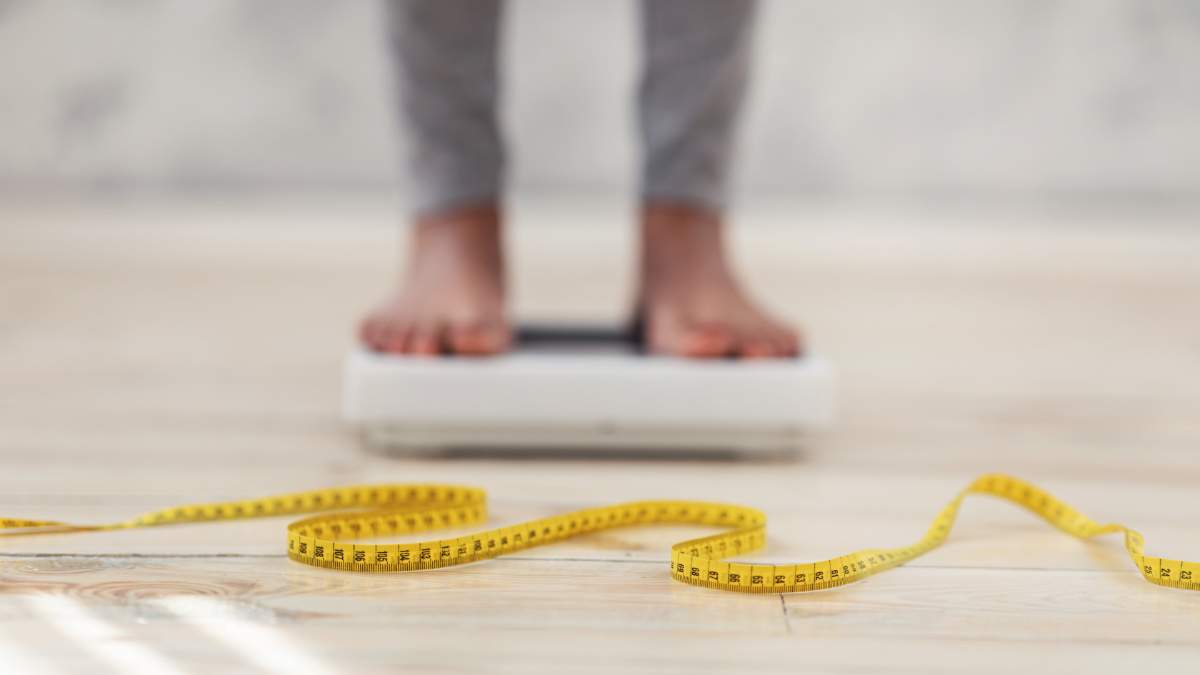Endometriosis affects 1 in 10 Australian women, so odds are you’ll encounter someone with it at some point. These three simple yoga-inspired exercises can help to alleviate the pain and discomfort of this condition, writes Heba Shaheed.
Endometriosis affects 1 in 10 women, with up to 600,000 Australians suffering. Women with endometriosis may experience various forms of pain, including period pain, pelvic pain, ovulation pain, painful sex, painful urination, pain with bowel movements, and nerve pain.
Because women with endometriosis often spend a lot of time in pain, curled up, the muscles and connective tissue in their pelvis, abdomen, back and hips can become tight and sore as well. It’s important to keep the body moving to allow the muscles and connective tissue to lengthen, and to allow the nerves to slide and glide freely within the tissues.
Yoga is an excellent form of exercise for women with endometriosis and pelvic pain, because there are many postures that lengthen the tight muscles, open up the joints and free up the nerves. Modified backbends, hip openers and simply breathing like a yogi are especially important for easing pain.
Here are three simple exercises I recommend for women with endometriosis to do at home:
1. Diaphragmatic breathing
| Diaphragmatic breathing |
| Modified Happy Baby pose |
| Low Lunge pose |
Don’t underestimate the incredible benefits of taking a deep wide breath into your diaphragm. Deep breathing helps the ribs to expand, easing tension in the back, right up to the neck, and down into the pelvis.
Often women with pain will take shallow breaths into their upper chest so their diaphragm doesn’t really get a stretch. The diaphragmatic breath calms the nervous system, which leads to less pain.
You can do deep, wide breathing anywhere, but I like to have a yoga strap or band around my lower ribcage, so I can get that feedback of my breath into the band. I suggest taking 5 to 10 deep wide breaths every hour.
2. Ananda Balasana (modified Happy Baby pose)
This is another effective hip opening stretch that also lengthens the pelvic floor and allows the tailbone to soften away from the hips. You can do this laying back on your mat or in bed.
Slowly bring both knees up towards your chest, and then when you are comfortable, slowly take the knees apart towards your shoulders. You can rest here for 60 seconds, and focus on your deep breathing and pelvic floor drops.
3. Anjaneyasana (Low Lunge pose)
I love this yoga variation of the hip flexor stretch because you get a lot of lengthening of the muscles and connective tissue along the front of the body. The front of the hips, the pelvis, the belly and the chest all get a deep stretch.
Start in kneeling on your knees on a mat (you can have a towel or blanket under your knee), then take a step forwards with one foot. Rest here for a moment before starting to bring both arms up towards the ceiling. Rest here again and start to lunge forwards and lift your belly to the ceiling.
Take a slow deep breath as you move from each position, but only go to a place where you are comfortable. Hold this stretch for 60 seconds as you breathe deeply and become aware of the sensation in your pelvic floor.
Want more strategies on how to manage pelvic pain and endometriosis? Click HERE to take the free 7-Day Challenge with The Pelvic Expert.
Heba Shaheed is the co-founder of The Pelvic Expert, where she provides online exercise, nutrition and pelvic floor physiotherapy programs for mothers, pregnant women, and women with pelvic pain and endometriosis. Heba has over 7 years’ experience in women’s health physiotherapy, nutrition and exercise. thepelvicexpert.com and follow on Facebook and Instagram


